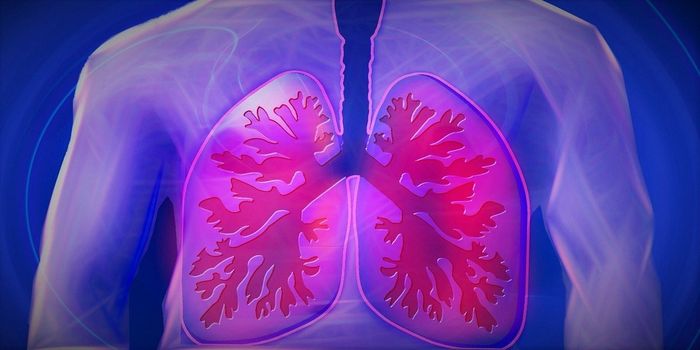The aftermath of a nuclear disaster is beyond frightening. A Google search the Chernobyl disaster or the Fukushima disaster brings up horrific images of mutated plants and animals. While some of the photos may have been doctored, the effects of nuclear radiation are unequivocally real and dangerous.
We are exposed to radiation from natural sources every day, all the time. These contribute to a "background" radiation dose of about 3 millisieverts (mSv) per year (mSv is a measure of the body's absorption of radiation). A dental X-ray has a low radiation dose of 0.005 mSv, whereas a chest X-ray has about 7 mSv. In contrast, the mean dose of radiation exposure in the thyroids of Chernobyl evacuees was 490 mSv.
We know that ionizing radiation can cause cancer-inducing mutations in the DNA. However, the effects of this are not usually seen until years after the exposure. But radiation poisoning takes a toll on the body almost as soon as it occurs. Acute symptoms of radiation poisoning include nausea, vomiting, and general malaise. The body tries to compensate and these flu-like symptoms actually seem to go away. However, the effects of radiation are long-lasting and sickness will come back with a vengeance in the weeks following the exposure.
Watch the video to learn how the body reacts to radiation poisoning.








